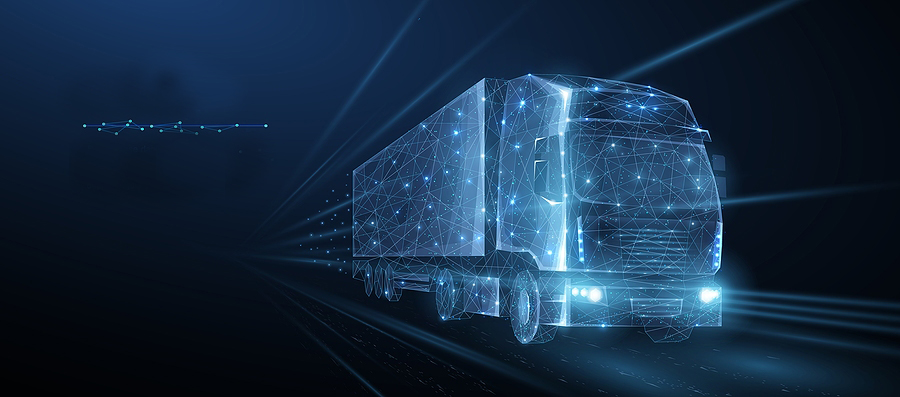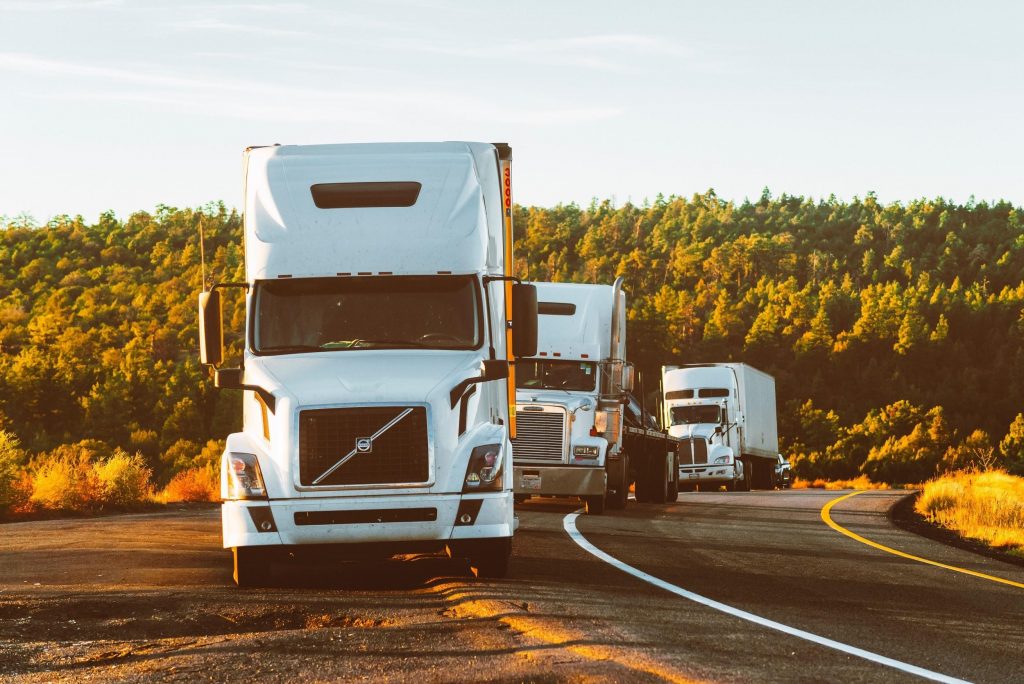
The Most Advanced Logistics Industry Thanks To Technology
The last couple of decades have seen some significant changes affecting the logistics industry, and the supply chain as a whole. New regulations to working practices have forced fleets to more carefully monitor drivers, and make adjustments to ensure efficiency is maintained. The driver shortage also remains a problem, with some agencies predicting that the deficit could rise to 160,000 within the next decade.
Rising alongside these challenges, though, are technological advances. Some of them have the potential to help solve the prevalent issues of our industry, others could transform the shipping business as we know it. Technology continues to develop at a rapid rate, and advances such as artificial intelligence (AI) and autonomous vehicles are already starting to make an impact in the logistics industry.
We’re going to take a look at areas in which AI and autonomy both have the potential to alter the way the logistics industry does business, and how those we’ve already begun to embrace are developing. How might these affect the roles of workers in the sector, and what do we need to prepare for?
Fleet Management
Freight transportation is one of the most important industries to the health of the US economy. It not only provides a vital lifeline of essential products across the country, but it also gives us a valuable insight into consumer behavior and market fluctuations. When freight providers use tech tools to make their operations more efficient, there’s an opportunity to keep this indispensable economic resource serving the nation effectively.
For many companies, these operations take the form of ground freight — the use of fleets of trucks to quickly and cheaply deliver goods. In this sector, fleet management is an essential tool, which has also become one of the early adopters of AI software. With multiple mobile assets and constantly evolving variables such as road conditions and weather patterns, AI software does the grunt work of receiving and analyzing data. This software also factors in information from maps and vehicle service history, allowing for predictive maintenance. As a result, managers receive real-time predictions that allow them to make efficient advanced plans, and adjust them swiftly when conditions change.
One of the positives of utilizing AI in fleet management is its ability to keep learning. Collecting data from devices such as onboard vehicle diagnostics, GPS, and camera footage, the software is being fed evolving information that allows it to improve the predictions it makes. AI is reliant upon the quality of data and engaging with other tools that allow fleets to build better industry networks, and sharing important operational information can be key in giving AI platforms the information they need to bolster the entire logistics industry.
Safety Driven by Technology
Safety continues to be a key concern across the fleet industry. In recent years we’ve seen regulations come into effect that restrict the hours that drivers can be on the road, and technology — in the form of electronic logging devices that track drivers movements — is a mandatory feature in remaining DOT compliant. However, fleets have begun to look beyond these basic requirements to discover new ways for AI and autonomous tech to keep everyone safe.
Fully autonomous trucking is neither practical nor safe just yet and is unlikely to make an appearance for several years to come. However, some limited autonomy has found its way into trucks to improve safety. Adaptive cruise control is a prominent example of level 2 automation. It uses a combination of radar and a camera to detect the distance of objects in front of the truck, regulating the speed of the vehicle to reduce the potential for emergency braking.
These small, incremental improvements serve to gradually build confidence in the industry and the public. Legislators have started to approve certain aspects of autonomy, and as a result, we’ve started to see a ramping up of testing. Volvo and FedEx have recently trialed automated platooning in Europe, using vehicle to vehicle (V2V) communications systems and advanced driver assistance (ADA) to allow multiple trucks to maintain close distances behind one another on highways safely.

Staff Supported, Not Replaced
One of the key concerns surrounding automated systems such as self-driving vehicles and AI is their effect on employment. However, it’s been clear from the way in which this technology has been used and trialed in the logistics industry so far that the preference is to support workers rather than replace them.
Recently, UPS and Waymo teamed up to pilot autonomous package pickup in the Phoenix Metro area. This kind of short distance usage, to fill in the gaps for efficiency, could be an indicator of how autonomous trucking is likely to advance. Last-mile delivery is one of the areas in which there is a deficit of drivers, and there are expectations that this could be the key focus for autonomy, rather than long-distance driving.
It’s important to note that trials for full autonomy have required the presence of a human expert on board or in a supervisory role. This could also be an indicator of a change of career path for those in the trucking industry. Rather than removing jobs from the freight sector, automation could see a range of new skilled positions being introduced. Drivers could see their roles expanding to become on the road automation technicians, too. Though fleets may also need to start planning for the raise in salary level such high skilled workers will be able to command.
Progressing Forward
While we are not yet in a fully autonomous, AI-controlled world, elements of this technology have started to appear across the logistics industry. The slow and steady approach that the sector is taking allows us to assess where the challenges might lay, and make sensible adjustments accordingly. Workers and leaders alike need to watch how these advances are progressing, and plan to make changes in their investments and skill sets accordingly.
This article is written by guest author Beau Peters. View more of Beau’s articles here.







